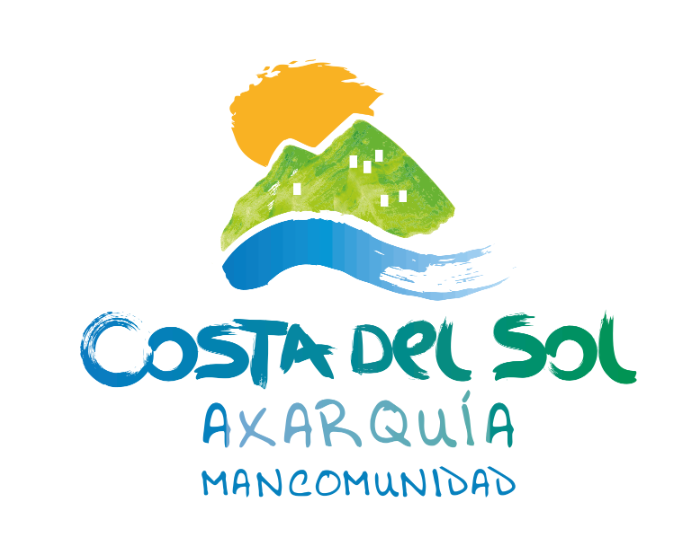Canillas de Aceituno, with its winding, narrow streets, reflects its Moorish origins. The village has no squares, and its streets are characterised by their arched entrances, such as those of Calle Agua and Calleja. Highlights include the Casa de los Diezmos, the Casa Esgrafiada with Moorish details, the Aljibe Árabe, the 16th century Church of Ntra. Sra. del Rosario and the remains of the castle in the square of the same name.
However, the most impressive feature is the floral decoration that adorns its streets, making flowers a key element of the local architecture. Canillas de Aceituno is part of the "Mudejar Route" and retains a unique charm with its Muslim heritage.
